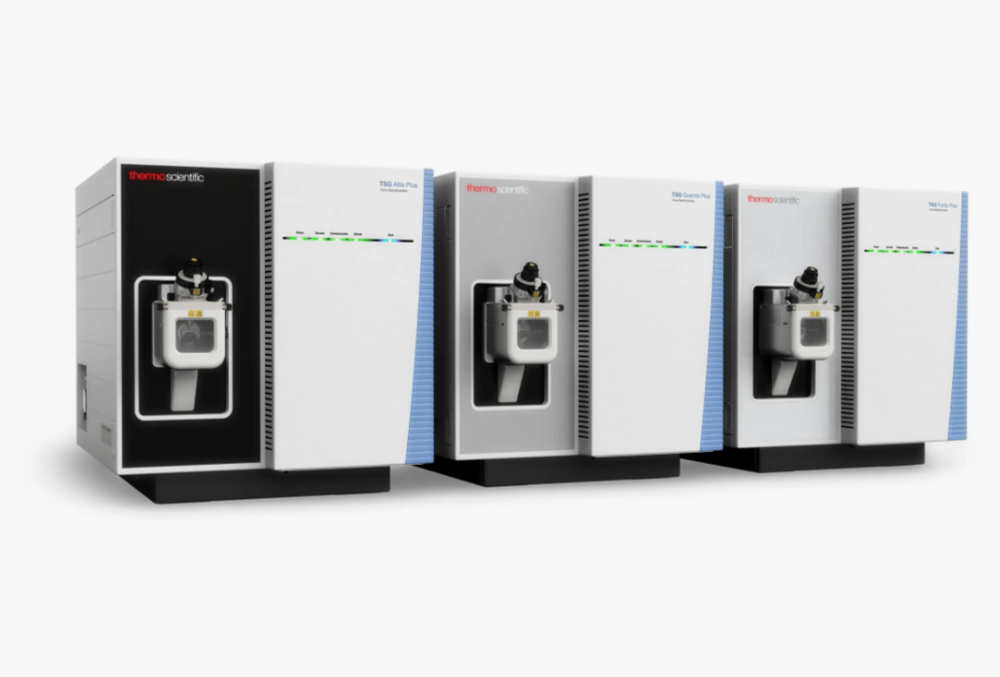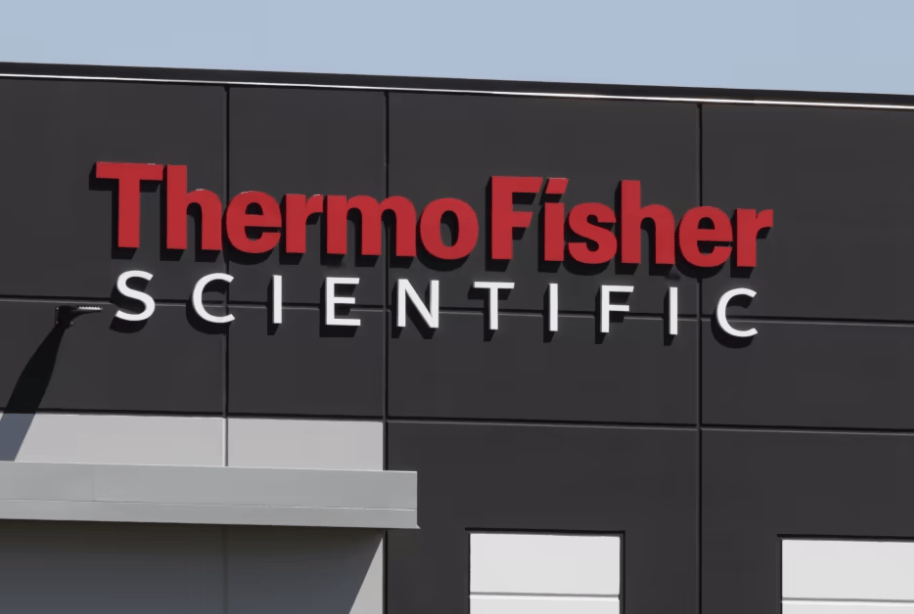Thermo Fisher Eyes $4 Billion Divestiture of Diagnostics Unit to Streamline Portfolio
Thermo Fisher Scientific Inc. $TMO, one of the world’s largest life sciences and biotechnology companies, is reportedly seeking to sell its diagnostics business for approximately $4 billion USD, according to the Financial Times. The move signals a broader strategy to divest lower-margin and slower-growing segments in favor of focusing on core areas such as contract drug manufacturing and advanced analytical technologies.
The diagnostics unit, including its microbiology business, produces testing equipment for infectious diseases and has faced headwinds amid evolving global healthcare dynamics and increasing competition. Thermo Fisher's decision reflects broader sectoral shifts, where large-cap life science firms are recalibrating portfolios to optimize capital allocation and returns on invested capital (ROIC).
Analysis of the Proposed Sale and Market Implications
The reported $4 billion sale, which is still at an exploratory stage, comes at a time when Thermo Fisher is seeking to sharpen its focus on high-growth assets, such as bioproduction tools, pharmaceutical services, and specialty diagnostics. By shedding underperforming divisions, the firm aims to enhance its EBITDA margins and reduce exposure to price-sensitive healthcare subsegments.
Sources indicate that Thermo Fisher has engaged advisors to evaluate private equity interest, a signal that the firm may favor a non-strategic buyer that can independently operate and invest in the unit. The transaction, if realized, would likely draw attention from major private equity players focused on healthcare services and diagnostics, particularly those targeting recession-resistant assets with predictable cash flows.
Additionally, the divestiture may unlock significant USD-denominated liquidity, which Thermo Fisher could redeploy into M&A activity, R&D acceleration, or debt reduction—further strengthening its balance sheet.

Thermo Fisher’s Diagnostics Sale Plan
💼 Seller: Thermo Fisher Scientific Inc.
🧪 Asset: Diagnostics division, including microbiology unit
💵 Valuation Target: ~$4 billion USD
🏦 Buyer Type: Private equity firms (under consideration)
📉 Reason: Divestment of low-growth, non-core assets
📅 Status: Early-stage discussions, advisers engaged
🏥 Sector: Infectious disease diagnostics, microbiology
Investor Reaction and Industry Trends
Initial market reactions have been neutral, with Thermo Fisher shares holding steady as investors await confirmation and further details. Analysts suggest the move aligns with the company’s long-term strategy of high-value asset consolidation, especially following recent acquisitions in the biologics CDMO (Contract Development and Manufacturing Organization) space.
Private equity interest in diagnostics has risen post-COVID, as firms view specialized diagnostics as a stable revenue stream, even as demand for pandemic-related testing declines. However, competition remains fierce, and legacy diagnostic platforms may require significant modernization investments—something Thermo Fisher appears unwilling to prioritize.
Industry observers also highlight how the sale may reflect a broader sectoral recalibration, as life sciences majors divest low-yield segments to free up capital for AI-driven drug discovery platforms, genomics, and cell/gene therapy development—areas expected to dominate biotech growth in the late 2020s.

Key Takeaways
Thermo Fisher is exploring the sale of its diagnostics unit for approximately $4 billion USD.
The deal targets underperforming assets, including the microbiology division, amid a shift toward core high-growth businesses.
Private equity firms are the most likely acquirers, reflecting investor demand for defensive healthcare sectors.
The sale could free up capital for M&A, R&D, or deleveraging, enhancing Thermo Fisher’s strategic flexibility.
The divestment trend reflects a broader industry realignment in the life sciences and diagnostics sector.
Thermo Fisher’s Streamlining Effort Reflects Sector-Wide Portfolio Optimization
Thermo Fisher’s potential $4 billion USD divestiture of its diagnostics division is part of a strategic realignment effort designed to sharpen operational focus and improve shareholder returns. The move is consistent with broader trends among global life science firms to shed lower-margin businesses and reallocate capital to high-growth areas.
If executed, the sale would strengthen the company’s liquidity position, potentially setting the stage for future acquisitions or reinvestments in innovation-driven segments like biologics, AI-enabled analytics, and precision diagnostics. The decision also reflects changing dynamics in global healthcare markets, where agility, capital discipline, and innovation are increasingly prioritized over legacy asset retention.















Comments